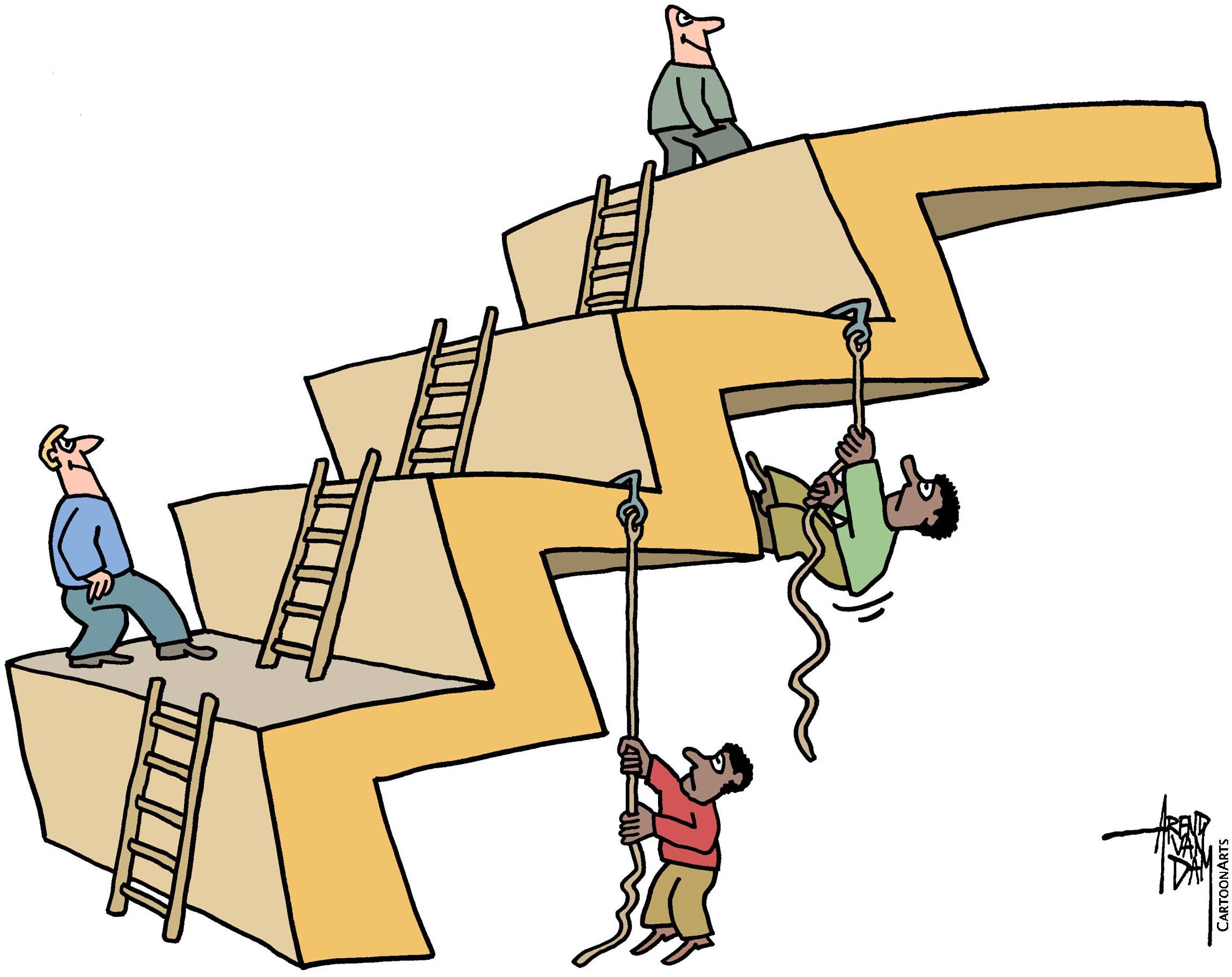In recent weeks, many thousands of Americans, both Black and white, have rallied together around the message that Black Lives Matter, protesting in hundreds of cities across the United States and the world. United in collective grief over the many Black Americans who have been killed by police officers sworn to protect them, the protestors have issued a sweeping range of demands, including calls for widespread police reforms and legislation to redress racial inequalities. These largely non-violent protests have drawn renewed global attention to racial disparities in the U.S.
The protests may potentially lead to considerable changes domestically: the officer who killed George Floyd now faces criminal charges, as do the other three officers who witnessed Floyd’s killing; many other police officers who used unlawful violence against protestors have been relieved of duty; local governments and police departments across the U.S. are considering reforms aimed at limiting police interactions and reducing their lethality; and many more Americans now support the Black Lives Matter movement. This initial flurry of activity in response to the protests is very promising.
As many in the U.S. now realize, though, these positive steps are not enough. The police are not the only actors that engage in discrimination against Blacks. While their acts of discrimination are the most violent and often attract the most attention, they are but one part of a much larger system of racism, repression and social control. Indeed, insomuch as police officers come from communities, they are not likely to be separate from or unaffected by the larger systematic racist systems that they inhabit. Since police are armed — sometimes ridiculously so — and have the legal leeway to “enforce” the laws (often as they see fit), they have the potential to engage in the most dangerous types of discrimination.



